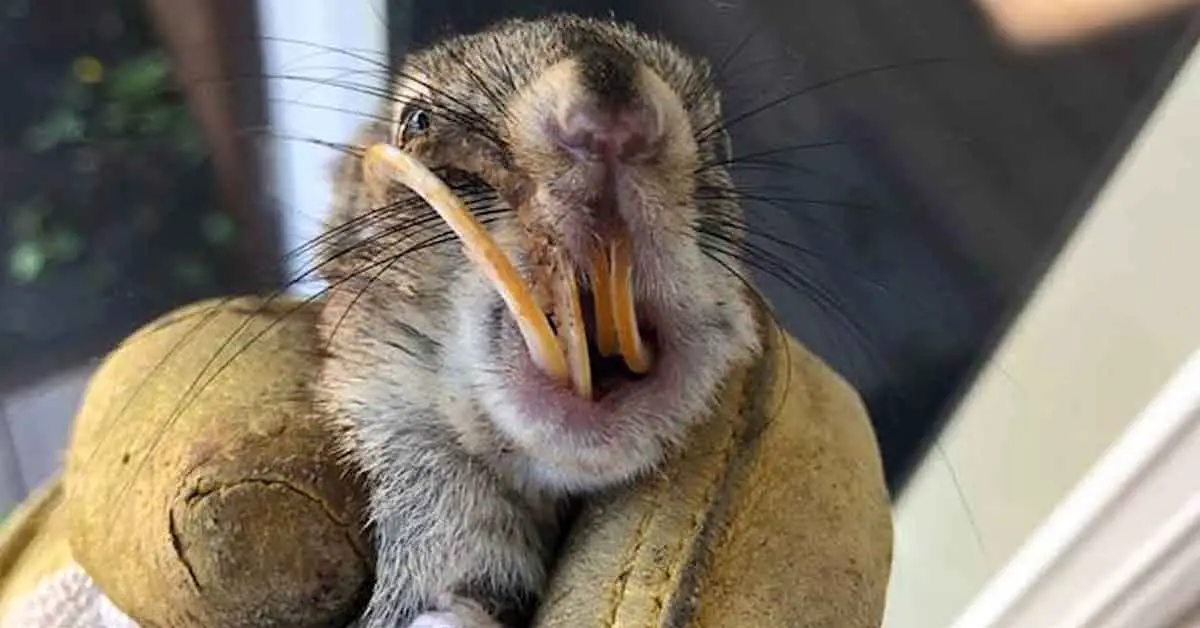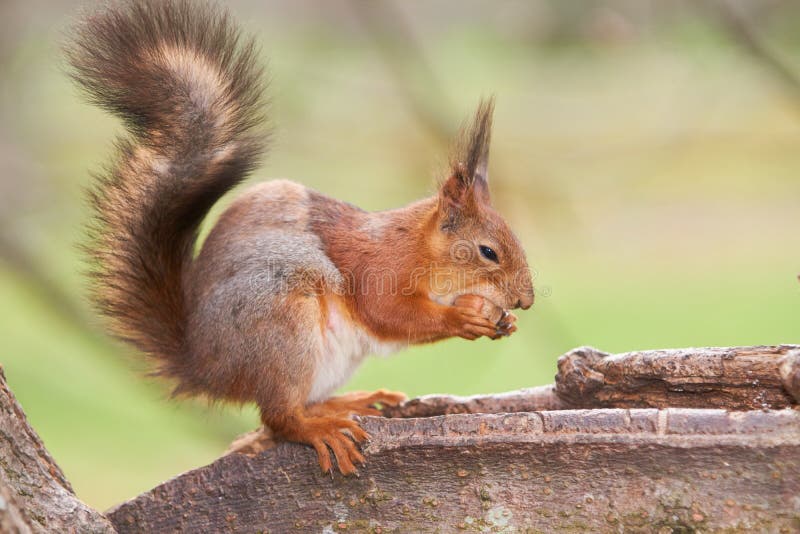


What Do Squirrels Use Their Teeth For? Squirrels’ teeth are naturally yellow or orange because of their thick enamel. Squirrels have strong jaw muscles to go with their hefty molars and thanks to a thick layer of enamel on the cheek teeth, they don’t have to worry about wearing them out. These teeth are not used to gnaw, rather, they’re used to pulp up the tough foods squirrels feed on. MolarsĪll squirrels have 12 molars in addition to their four premolars. The premolars are nearly identical to the molars, and are often grouped together as ‘cheek teeth’. This may seem strange, but it actually allows the squirrel the flexibility it needs to move its bottom incisors from side to side for different tasks. The mandibles are connected between the two bottom incisors by only one ligament. Squirrels’ bottom jaws (mandibles) are actually two separate bones one on each side of the jaw. If they don’t, then they can’t rub against each other, and may become overgrown. These incisors are vital for gnawing, and it’s very important that the top and bottom incisors align properly. Squirrels have four long, thin, chisel shaped incisors at the front of their mouth. Instead, they have a gap between their incisors and premolars called a diastema.

Like all rodents, squirrels do not have canine teeth. All other squirrel species have four incisors, four premolars, and 12 molars. The one exception to this is the Eastern gray squirrel, which has 24 teeth (two extra premolars). How Many Teeth Do Squirrels Have? Squirrels have 22 teeth four incisors, four premolars, and 12 molars. These first baby squirrel teeth are deciduous (milk) teeth, and are eventually replaced by adult teeth. Squirrels are born toothless their first teeth don’t erupt until they’re a couple of weeks old. This enamel grows constantly, which allows the squirrel to wear down its incisors for its entire life without having to worry about losing them. Squirrel incisors actually develop an enamel coating below the gumline. Squirrel incisors, however, have to grow at a very fast rate to keep up with their diets, and because of this, they look a little different than the molars and premolars (cheek teeth). Squirrels’ molars look similar to human molars, and follow the pattern of enamel-cementum-dentin–they even have roots similar to human teeth. Beneath the enamel is a layer of cementum, and below that–the dentin, or pulp, of the tooth. Their teeth are covered in a hard layer of enamel. They’re called elodonts, which means (literally)–ever-growing teeth. Squirrels, like all members of the rodent family, have teeth that never stop growing. What Kind of Teeth Do Squirrels Have? Squirrel teeth never stop growing.

We’ll also learn a little more about some of the problems squirrels may run into with their teeth, and how rescue organizations diagnose and treat these issues. Here, we’ll discover just why squirrels have such characteristic teeth, and what they’re used for. But, no matter what type of squirrel you’re talking about, they all have the same teeth. The word ‘squirrel’ may actually refer to any member of this family–including prairie dogs, tree squirrels, ground squirrels, flying squirrels, chipmunks, marmots, and groundhogs. Squirrels belong to the rodent family Sciuridae.


 0 kommentar(er)
0 kommentar(er)
